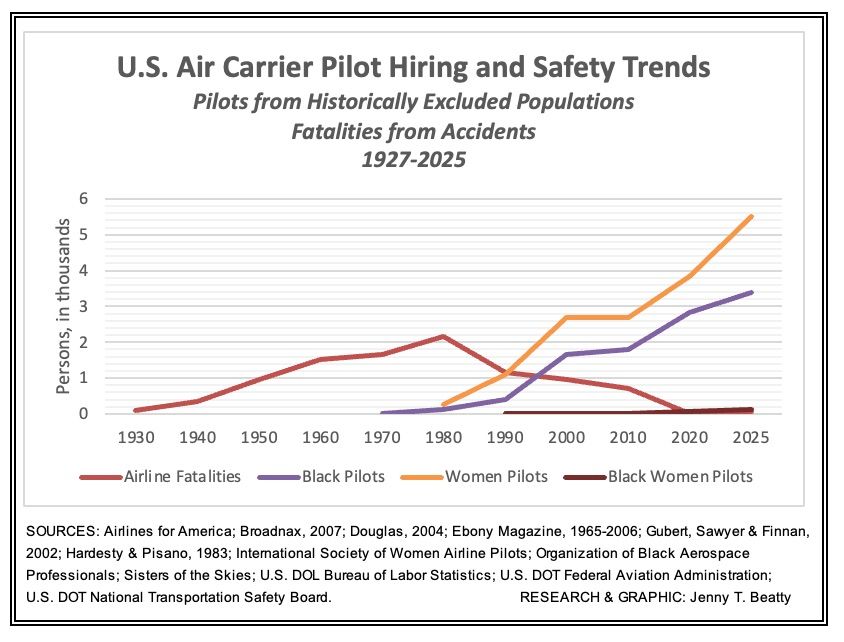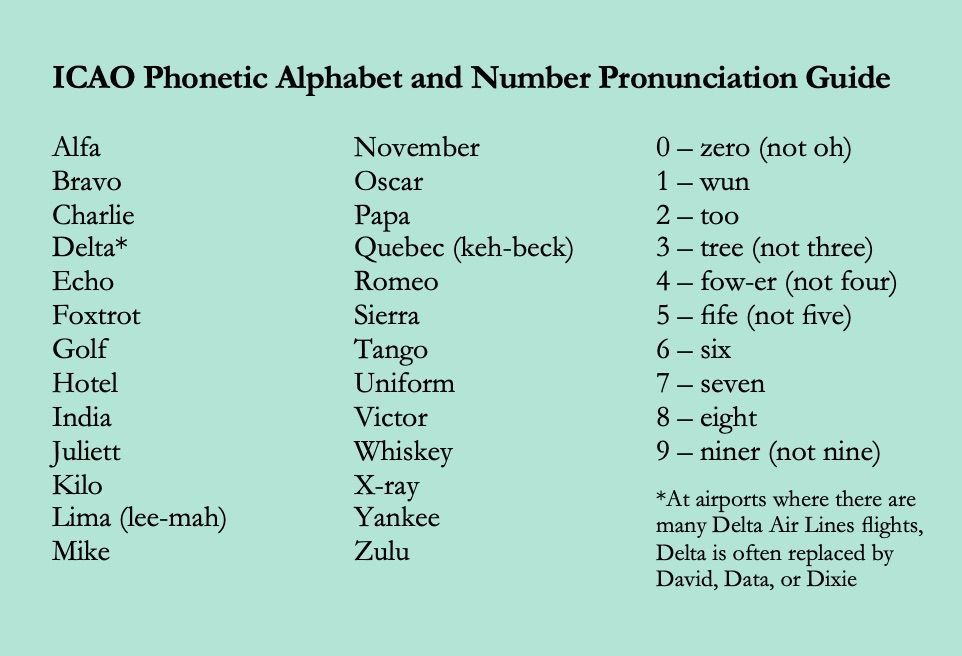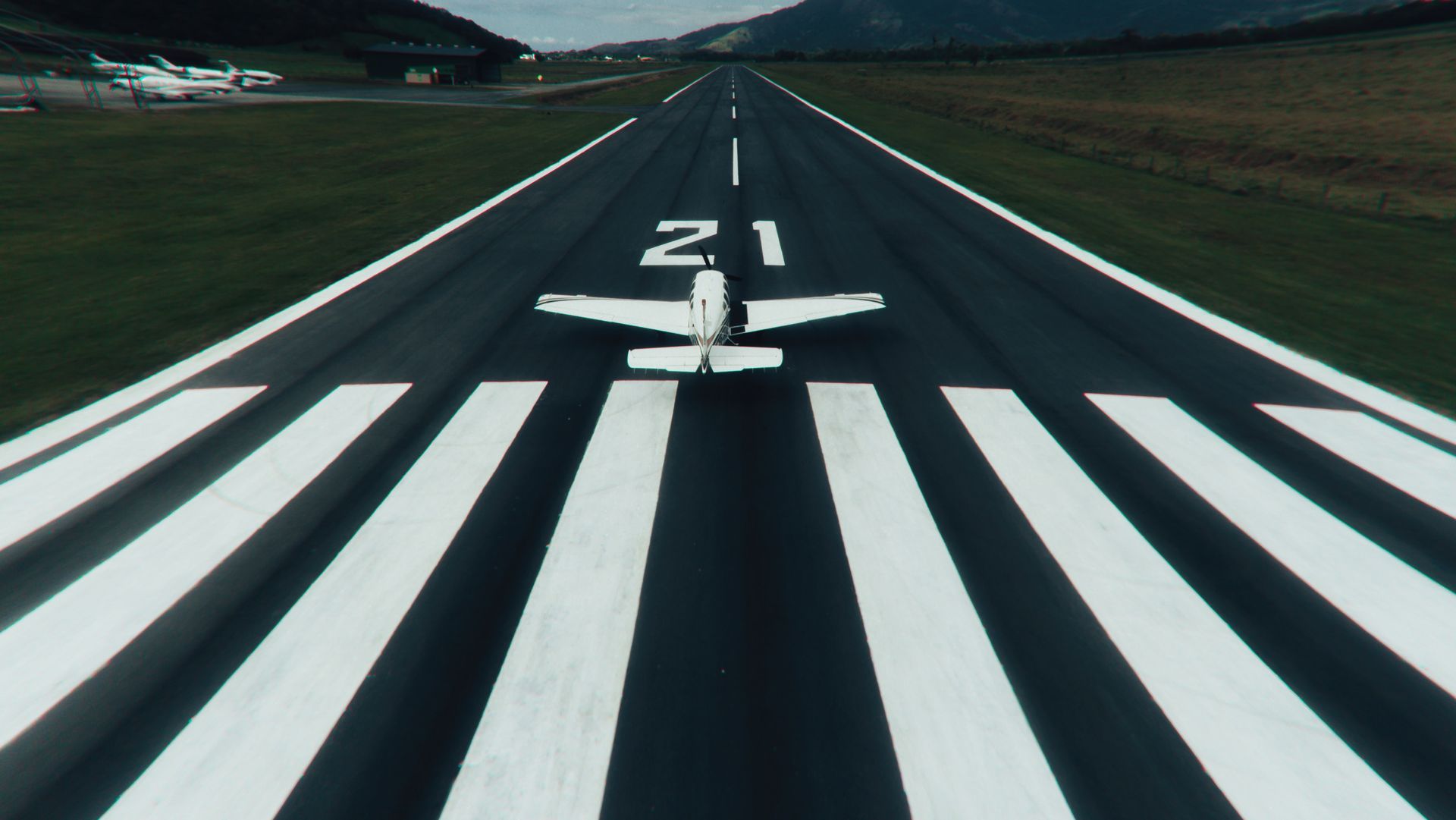10 FAQs About the R-ATP
Fast track to your airline pilot career

What are the ATP and R-ATP?
The Airline Transport Pilot certificate (ATP) is the FAA’s highest pilot certificate and is required to fly as an airline pilot in the United States. There is only one Airline Transport Pilot certificate — there are multiple ways to qualify for it, however.
An aspiring airline pilot qualifies for the ATP certificate by holding the Commercial Pilot certificate with Airplane Multi-Engine Land and Instrument Airplane ratings, accruing 1500 total flight hours to include various types of flight time, completing an ATP-CPT course, passing the ATP Knowledge and Practical tests, and being at least 23 years old. Ref: FAR §61.159 and FAR§61.153
A pilot can also qualify for the Airline Transport Pilot certificate with fewer flight hours than 1500 when certain educational and training requirements have been met, and/or when younger than age 23 (minimum age is 21). In this case, the pilot can attain the Airline Transport Pilot certificate with restricted privileges, commonly called the “R-ATP”. Note that the R-ATP is not a lesser or separate pilot certificate than the ATP. Ref: FAR §61.160
What is the “restriction on privileges” for the R-ATP? What does the R-ATP allow a pilot to do?
It is not unusual for pilots to have restrictions on their pilot privileges, which are printed on the back of their certificate under Limitations. Common restrictions / limitations include "Circling approaches in VMC only" and "Second-in-command required". In this case, the pilot’s Airline Transport Pilot certificate will show “Restricted in accordance with 14 CFR 61.167”.
In plain language, this restriction is that the ATP pilot cannot fly as captain and pilot-in-command in airline operations, and cannot act as relief pilot or second-in-command in airline operations that require three or more pilots (longhaul operations that require augmented flight crew to allow for inflight rest). Ref: FAR §61.167(b) and FAR §121.436
A pilot holding the R-ATP can be hired by an airline to fly as first officer or second-in-command. When the pilot attains the full qualifications for the unrestricted ATP, having attained both the flight time (1500 hours) and the minimum age (23 years old), they can request that the FAA remove the restriction their ATP certificate. Ref: FAR §61.160(g) and FAR §121.436
How does a pilot qualify for the R-ATP?
A pilot qualifies for the R-ATP through one of three different paths.
1) Military training path: Complete training as a military pilot and build 750 total flight hours. Ref: FAR §61.160(a) and FAR §61.153(a)(2)
2) College aviation degree training path: Complete a four-year Bachelor degree or two-year Associate degree and complete pilot training to attain the Commercial Pilot and Instrument ratings through an FAA-approved R-ATP college degree program, and build 1000 total flight hours (with Bachelor degree) or 1250 total flight hours (with Associate degree or Bachelor degree and 30 credit hours). More information about these programs, below. Ref: FAR §61.160(b), (c), and (d) and FAR §61.153(a)(2)
3) Other training path: Meet all the flight time requirements for the unrestricted ATP – 1500 hours – prior to reaching age 23. The minimum age is 21. The pilot can accomplish this with any type of flight training under Part 61 or 141, with any or “zero” college, and with any or “zero” military training. Ref: FAR §61.160(f) and FAR §61.153(a)(2)
How can someone confirm that a college has an R-ATP program? What if the college says they have a Part 141 program or have applied for approval?
Caveat emptor. All FAA-approved R-ATP flight training programs operate under FAR Part 141, however the reverse is not true. Some colleges offering Part 141 flight training are not FAA-approved R-ATP programs.
The ATP with restricted privileges was introduced in 2014, yet was not widely known until the post-Covid pilot shortage caused a rapid increase in demand for pilot training. Many colleges that were already offering structured flight training under Part 141 and have been working to get FAA authorization for their newly created R-ATP degree programs. Nearly 200 colleges have R-ATP degree programs in 2025. Ref: FAR §61.169
The only way to absolutely verify that a college holds an FAA Letter of Authorization for their R-ATP program is to check the FAA’s most current published list of Institutions Authorized to Certify its Graduates for an Airline Transport Pilot (ATP) Certificate with Reduced Aeronautical Experience.
What’s required to enroll in a college R-ATP program?
The student has to apply and be accepted to the college and additionally be accepted into the college’s aviation degree flight training program. To qualify for the R-ATP, the student can have “zero” flight hours or some flight hours or the Private Pilot certificate – but not the Instrument rating. The student must complete both the Instrument rating and Commercial Pilot certificate in a college R-ATP flight training program in order to qualify for the R-ATP under FAR §61.160(b)(3), (c)(3), or (d).
Pro Tip: Get the FAA First Class medical certificate the first time, to be sure the aspiring airline pilot will qualify. The FAA does not require any medical certificate to begin flight training, requires the Third Class medical certificate to fly solo, the Second Class to fly as Commercial Pilot, and the First Class to fly as Airline Transport Pilot. However most colleges require the First Class medical certificate to apply to their flight training degree programs. Ref: FAR §61.23
Can students transfer between colleges?
Transferring from one FAA-approved R-ATP college aviation degree program to another is technically allowed by the FAA. Ref: AC 61-139 Paragraph 12
Don’t count on it, however. Anecdotal information shows that few colleges are accepting transfer students. Possible reasons include the high demand in terms of new incoming students, and the burden on the second college to verify that the first college’s coursework matches their own coursework and meets FAA R-ATP requirements.
What if the student changes majors or drops out of college? Can they still get the R-ATP?
A student who finishes a Bachelor degree and completes at least 30 credit hours (as opposed to 60) and all the flight training at the college can still qualify for the R-ATP at 1250 flight total hours. Ref: FAR §61.160(d)
Or the student can finish flight training elsewhere under Part 61 or 141, in which case they will need to meet the 1500 total flight hour requirement to attain the ATP (minimum age 23) or R-ATP (minimum age 21). Ref: FAR §61.160(f) and FAR §61.153(a)(2)
What’s the advantage of going to college for the R-ATP?
Most U.S. major airlines no longer require college degrees to be considered for hiring, but pilots with a college degree (in any major) are still viewed more favorably. The quicker a pilot is qualified and hired at an airline, the more quickly they can begin accruing seniority, skill, experience, and money.
An R-ATP pilot as young as 21 can be hired by an airline. The mandatory retirement age for airline pilots is 65. Do the math – seniority and longevity at a legacy airline make a BIG difference in career earnings, as in millions of dollars.
Can someone get pilot training elsewhere more cheaply, and skip college?
Yes! See 5 Paths to an Airline Pilot Career.
If the pilot completes training to attain the Commercial Pilot certificate with roughly 250 total flight hours, how do they get to 1000, 1250, or 1500 hours to attain the ATP (R-ATP)?
Many new commercial pilots undertake additional training to become a Certificated Flight Instructor (CFI), and start building hours and earning money as an instructor for their flight school or college. Flight instructing is not for everyone, however. Please don't do it unless you plan to be a diligent and conscientious instructor who cares about what you teach and cares about the people you are teaching. Haphazard and hazardous attitudes can result in death.
Other time-building flying jobs include: Scenic tours, banner towing, skydiving, aerial photography, aerial mapping or survey, pipeline or powerline patrol, glider towing, passenger charter, corporate shuttle between cities, subcontractor cargo companies, ferry pilot, airplane demonstrator (sales), traffic watch reporting, forestry pilot, seasonal fire patrol.
May your dreams take flight!
© 2023 Jenny Beatty. All Rights Reserved.
Updated July 2025
Photo credit: Hispanolistic









